In the agricultural sector, FTAs have become a powerful driving force, marking significant achievements across the entire industry.
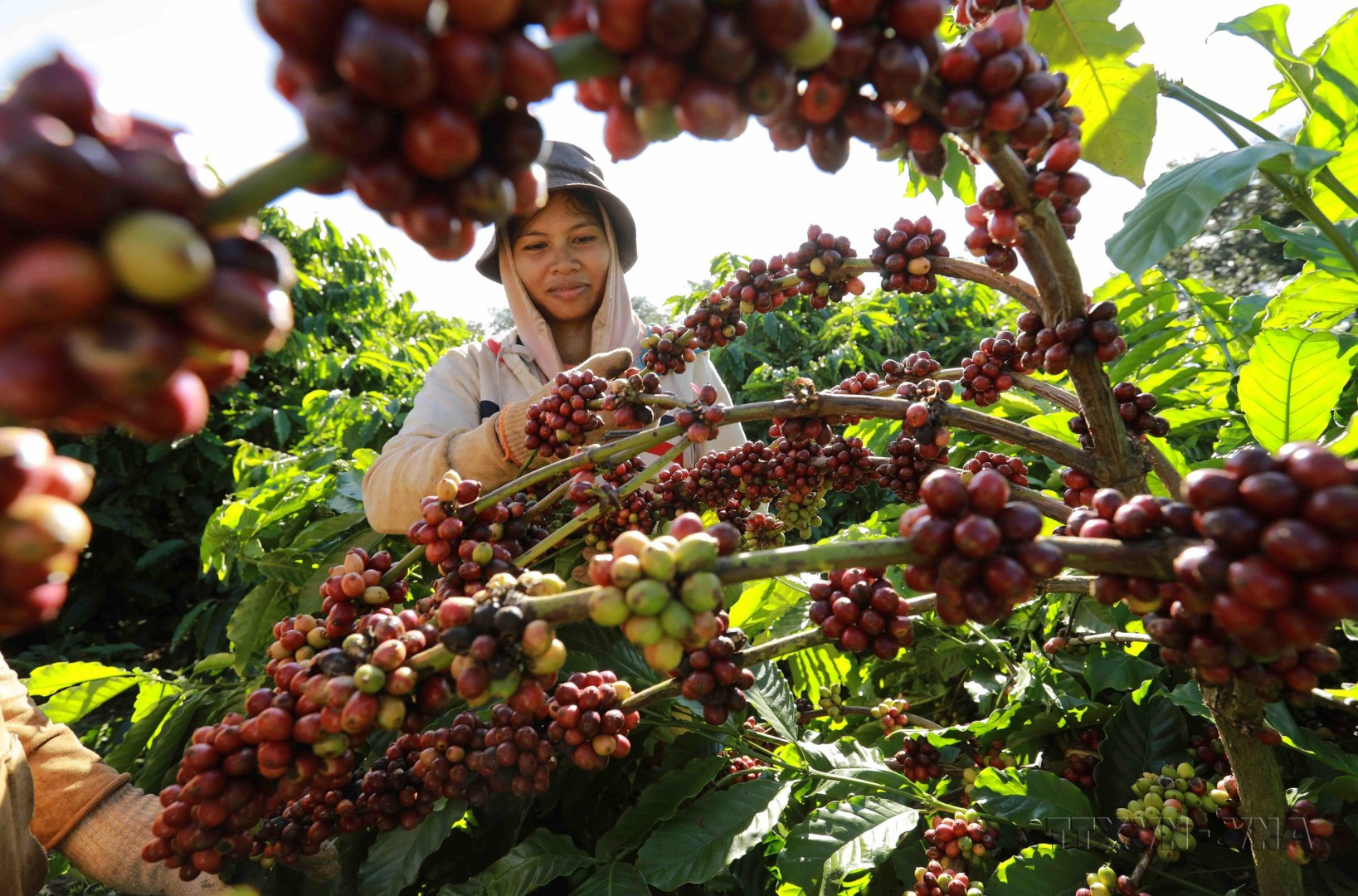
Leveraging production and export
Over the years, agriculture has promoted its role as a pillar of the economy, recording remarkable growth in terms of output, productivity, quality and export turnover. The attainment is partly attributable to FTAs as Vietnam’s leading export markets are currently countries involved in these agreements. Moreover, they are speeding up a robust transformation of agricultural production towards safety and transparency.
The agricultural sector posted a GDP growth of 3.83% last year, the highest in the past decade. The total export turnover of agro-forestry-fishery products amounted to 53 billion USD. In the first five months of this year, the total export value of the sector reached 24.14 billion USD, a 21% rise compared to the same period last year.




According to Nguyen Hoai Nam, Deputy Secretary General of the Vietnam Association of Seafood Exporters and Producers (VASEP), FTAs have had a positive impact on Vietnam’s seafood export activities, notably the record turnover of 11 billion USD obtained in 2022. Shipments to countries and regions with whom it has signed FTAs have seen high growth rates, for example 20% and 28% year-on-year to the EU and Japan respectively in 2022.
The Comprehensive and Progressive Agreement for Trans-Pacific Partnership (CPTPP) is the second-fastest-growing seafood export market for Vietnam, following China. It accounted for 25% of Vietnam’s seafood exports in 2018 and nearly 27% in 2023.
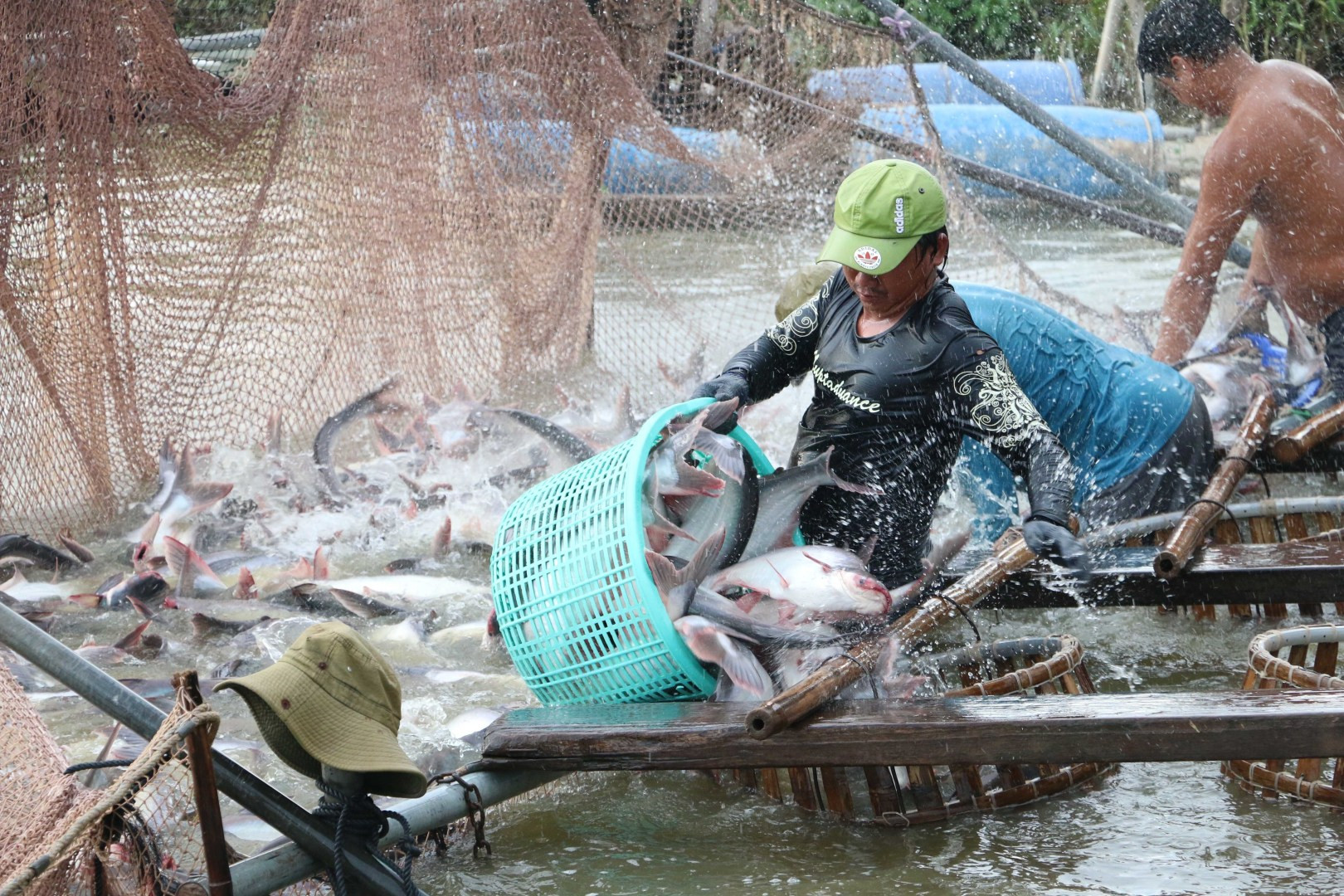


Regarding rice exports, data from the General Department of Vietnam Customs showed that last year, Vietnam shipped 104,000 tonnes of rice to the EU market for 71.7 million USD – the highest figure to date, representing a year-on-year increase of 10% in both volume and turnover. This clearly demonstrates the efforts of Vietnamese businesses in maximising the benefits from the EU-Vietnam Free Trade Agreement (EVFTA).

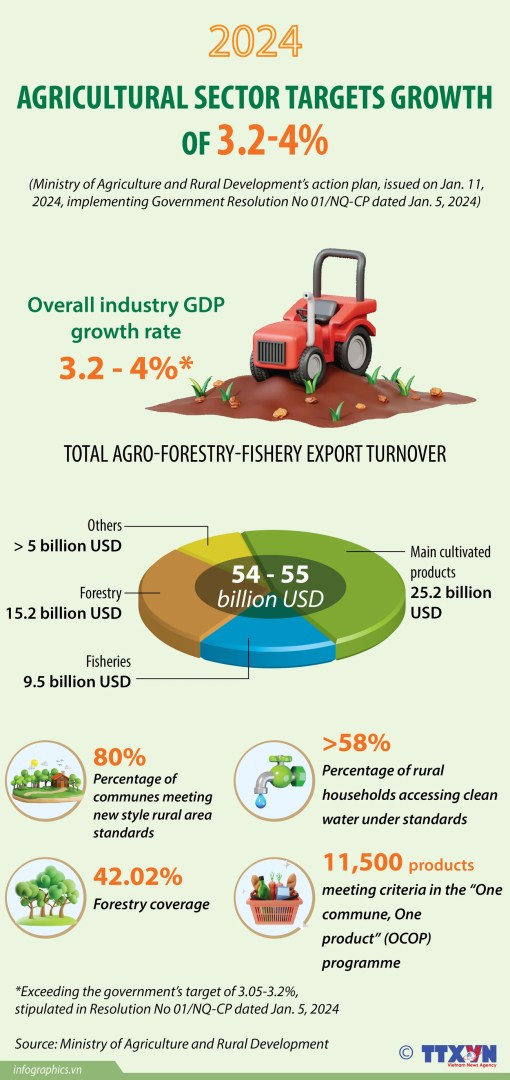
Meanwhile, agricultural exports to the RoK have benefited significantly from FTA incentives. In addition to the Vietnam-Korea Free Trade Agreement (VKFTA), trade between Vietnam and the RoK has also been influenced by two other FTAs, namely the ASEAN-Korea Free Trade Agreement (AKFTA) and the Regional Comprehensive Economic Partnership (RCEP).
Le Thanh Hoa, Deputy Director of the Department of Quality, Processing and Market Development under the Ministry of Agriculture and Rural Development, emphasised that to fully tap tariff preferences in FTA markets, Vietnam’s agro-forestry-fishery exports must adhere to numerous non-tariff measures such as Technical Barriers to Trade (TBT) and Sanitary and Phytosanitary (SPS) measures introduced by member countries.
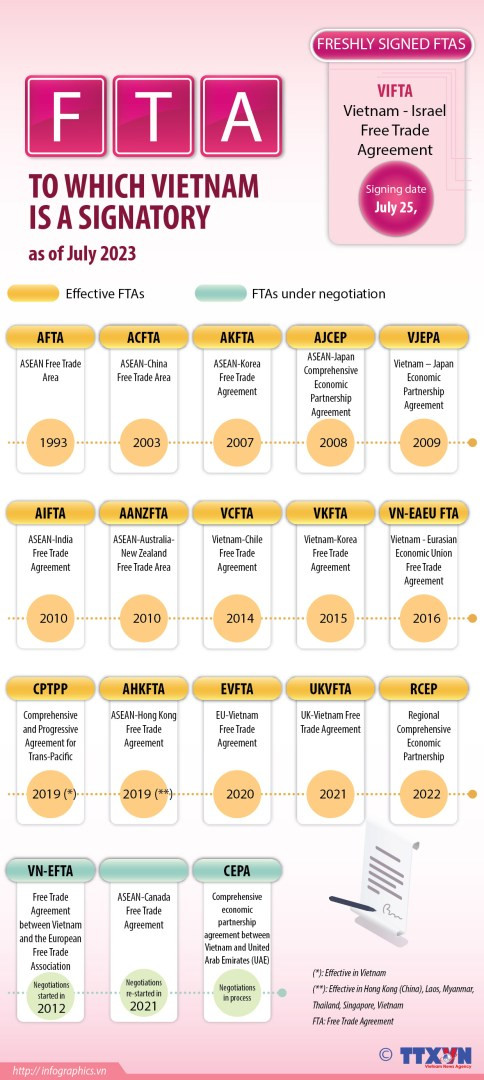
Tapping markets evenly
Recently, FTAs have left a strong impact on the growth rate of Vietnam’s agricultural sector. However, it mainly focuses on leveraging advantages from traditional and familiar markets such as China, the RoK, Japan, and Western European countries while the potential of markets such as Northern Europe, Russia, India, Chile, Canada, Mexico and Peru remain untapped.
In the context that inflation and the economic crisis are reducing the purchasing power in many countries, the expansion to new markets will be a reasonable direction for Vietnamese agricultural products to maximise the benefits from FTAs and increase their global coverage.
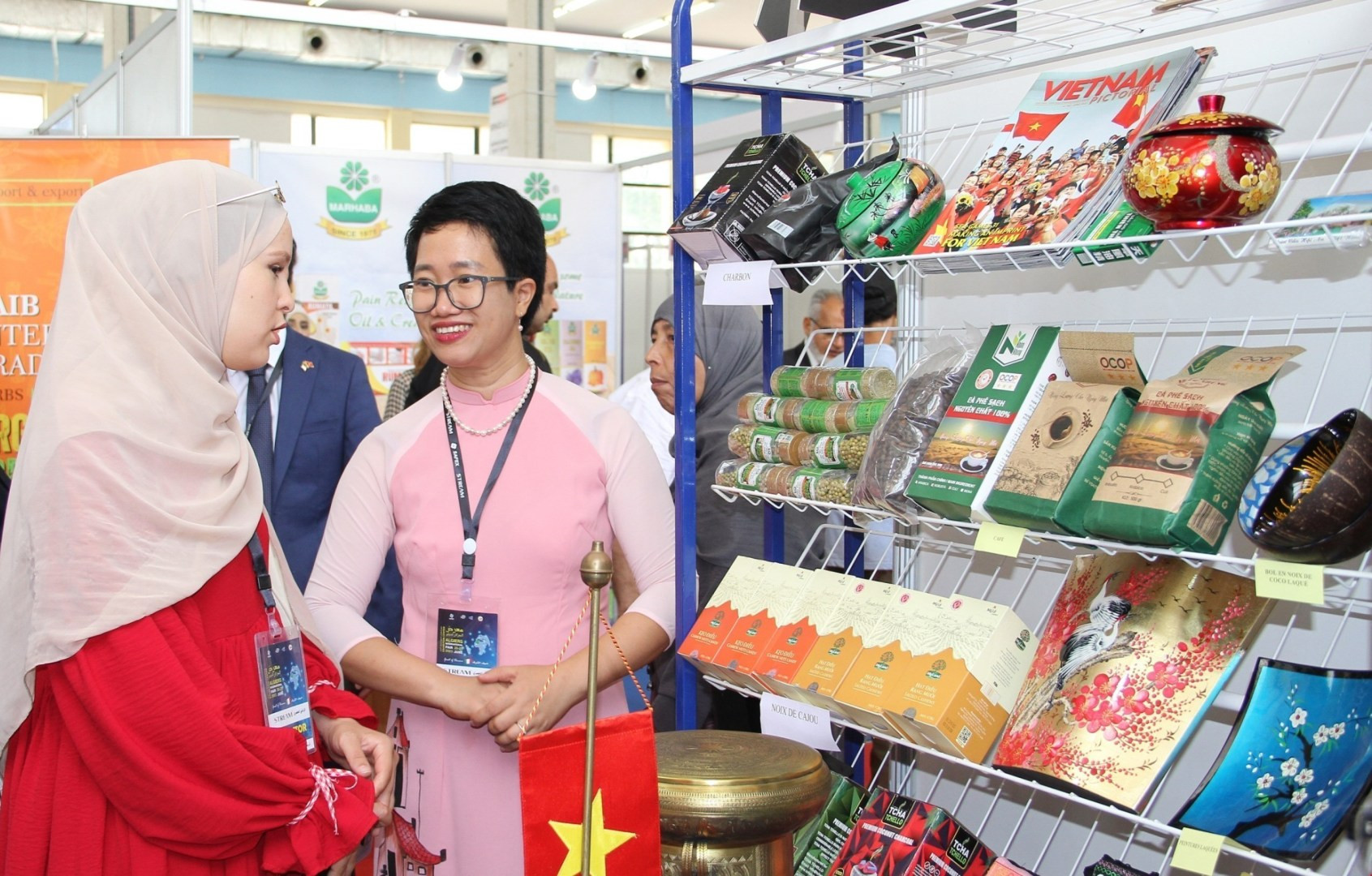

The Vietnam-Israel Free Trade Agreement (VIFTA), to take effect this year, is expected to not only open up opportunities for Vietnamese goods to access the Israeli market but also enter the broader Middle Eastern market. Meanwhile, Vietnam and the United Arab Emirates (UAE) are hoped to conclude negotiations on the Comprehensive Economic Partnership Agreement (CEPA) this year.
The CPTPP currently has 12 members, namely Canada, Mexico, Peru, Chile, New Zealand, Australia, Japan, Singapore, Brunei, Malaysia, the UK and Vietnam. Apart from Asian countries, Vietnam’s agro-forestry-fishery exports to other countries remain modest.
Nguyen Thi Hoang Thuy, Counselor of the Vietnam Trade Office in Sweden, which also covers Denmark, Norway, Iceland and Latvia, said that the Northern European market has yet to be fully tapped by Vietnamese businesses. Therefore, to exploit FTA markets evenly, it is necessary to boost the dissemination of information and trade promotion in each country, she added.

In early May this year, the Ministry of Industry and Trade (MoIT) sent a document to ministries, sectors, localities and associations regarding a plan on promoting information about FTAs in 2024.
The Agency of Foreign Trade also noted that the MoIT is operating the Vietnam Free Trade Agreement Portal (FTAP), focusing on turning it into a single online interface containing comprehensive information that businesses and citizens can easily access to fully tap the advantages from free trade agreements./. VNA